The liver is the biggest gland in the human body and is part of the gastrointestinal system. It is on the right side of the abdomen behind the lower ribs. The organ weighs around 1400 grams and is slightly heavier in men than women.
It is an essential organ, performing functions vital to the body’s proper work. It is also considered a gland since it produces hormones and proteins necessary for sustaining a life.

The liver is the largest internal organ in the human body. It is located on the right side of the abdomen, under the diaphragm, and the ribs, partially extending to the center. In adults, the liver is usually entirely hidden under the costal arch. If it is enlarged, it may protrude from under the costal arch, which the doctor can detect during an abdominal examination. The liver has four lobes: the right (largest), left, quadrate, and caudate.
The liver has a double blood source: it receives most of the blood from the portal vein (around 70%), and the remaining 30% reaches the organ from the hepatic artery. The portal vein carries blood rich in nutrients from the intestines, and the hepatic artery carries blood rich in oxygen. However, most of the blood comes from the portal vein, which is ultimately the main blood vessel providing substances for the liver.
The organ is composed of several cell types:
The organ has tremendous regenerative abilities. It can regenerate after up to 90%![]() of an organ has been removed. Its capability to renew itself is unique among organs and is associated with the cell’s revitalization skills after contact with damaging factors, such as alcohol, medications, and viruses. However, when the damage exceeds the organ’s regenerative capabilities, it can’t produce new hepatic cells. Instead, it replaces the damaged ones with connective tissue, starting organ fibrosis (scarring).
of an organ has been removed. Its capability to renew itself is unique among organs and is associated with the cell’s revitalization skills after contact with damaging factors, such as alcohol, medications, and viruses. However, when the damage exceeds the organ’s regenerative capabilities, it can’t produce new hepatic cells. Instead, it replaces the damaged ones with connective tissue, starting organ fibrosis (scarring).
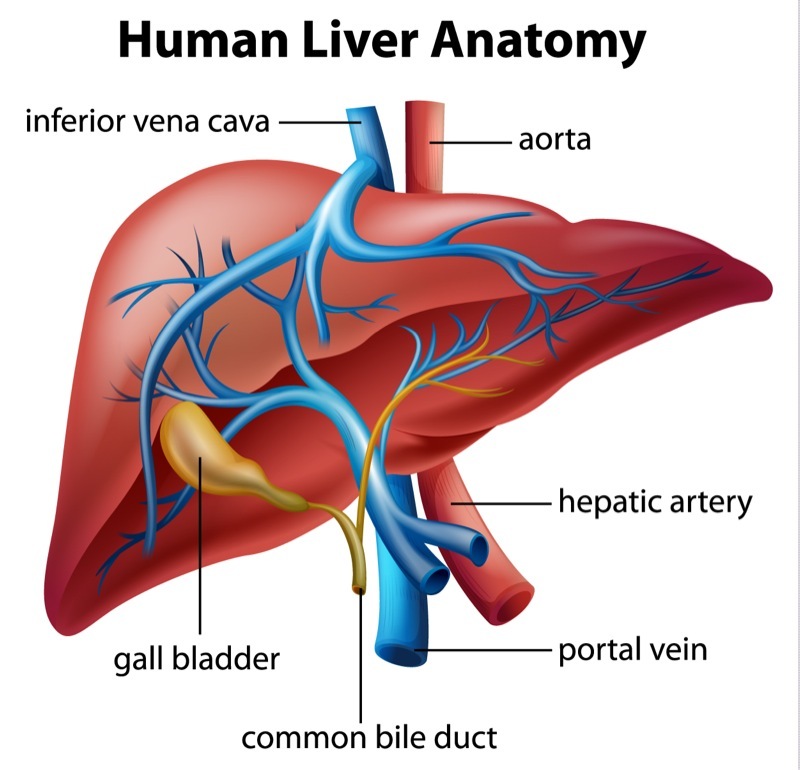
Experts estimate that the liver performs over 500 vital functions in the human body. Some of the most significant ones are described here.
Bile is a yellow, bitter substance necessary for fat digestion. It is produced by hepatocytes in the liver and stored in the gallbladder. In between the digestion of food, the bile is stored in the gallbladder, from where it is released when the food moves from the stomach to the small intestine.
Bile secreted into the intestine performs the following functions:
Bile does not contain digestive enzymes but participates in digestion by emulsifying fats (breaking large fat particles into smaller ones). This facilitates the action of digestive enzymes and contributes to the absorption of fats. Bile![]() also neutralizes acidic food. In conclusion, bile is necessary for proper digestion in the gastrointestinal tract.
also neutralizes acidic food. In conclusion, bile is necessary for proper digestion in the gastrointestinal tract.
The liver is an organ responsible for the metabolism of most of the drugs that enter the body. Drug substances reach the liver with blood and are metabolized with several enzymes. After metabolizing them, drugs become more water-soluble and may be excreted into the bile.
When too much of the drug reaches the organ at once, exceeding its capabilities to metabolize the drug, it may lead to drug-induced liver damage.
The liver stores fat-soluble vitamins, including vitamins A, D, E, and K. Vitamin B12 is also stored in large amounts in the liver. Thanks to that, constant nutrition access is enabled in times of deficiency. The stored amount of every vitamin is different. For example, vitamin B12 supplies last for 3-5 years![]() . Therefore, in the event of a vitamin deficiency in the diet, the symptoms may not be present for a while.
. Therefore, in the event of a vitamin deficiency in the diet, the symptoms may not be present for a while.
The organ is the principal place of plasma protein production. Those proteins include:
Some proteins, such as albumins or fibrinogen, are only produced there. Therefore, when the liver gets damaged, it leads to severe deficiency of those proteins.
Heme is a hemoglobin component (a protein carrying oxygen in red blood cells). When red blood cells break, heme is converted into bilirubin. Then, bilirubin combines with albumin and flows with the blood to the liver. When the albumin molecule is detached, bilirubin is conjugated with a unique acid. In this way, it becomes soluble in water and is secreted into the bile stored in the gallbladder.
After bile enters the intestine, the bacteria there transform bilirubin into urobilinogen. Urobilinogen is the substance that is responsible for the brown color of the poop. Some of the urobilinogen is reabsorbed from the intestine and circulating in the blood.
Increased bilirubin levels cause jaundice (yellowish color of the skin and whites of the eyes). Bilirubin levels can increase for a variety of reasons, including liver problems. Some forms have non-hepatic causes. However, the liver is the organ that regulates the amount of bilirubin in the blood.
Glucose is stored in the liver. When you eat, glucose (sugar) released from the food is absorbed from the intestines and sent to the blood. With a portal vein, glucose reaches hepatocytes, where an excess of it is converted into storage form (glycogen![]() ). When the body requires glucose, for example, when it has been a long time since the last meal or during physical exercise, those supplies are released into the bloodstream. Therefore, this organ is the vast storage of the primary energy source.
). When the body requires glucose, for example, when it has been a long time since the last meal or during physical exercise, those supplies are released into the bloodstream. Therefore, this organ is the vast storage of the primary energy source.
About 80%![]() of cholesterol is made in the liver, and the rest comes from food. Although cholesterol has a bad reputation, mainly associated with “bad cholesterol” that contributes to many diseases, it is crucial in the body. Cholesterol builds cell membranes and regulates their fluidity. It is involved in the production of vitamin D, hormones, e.g., adrenal and sex hormones, and bile acids, and is involved in the proper functioning of the brain.
of cholesterol is made in the liver, and the rest comes from food. Although cholesterol has a bad reputation, mainly associated with “bad cholesterol” that contributes to many diseases, it is crucial in the body. Cholesterol builds cell membranes and regulates their fluidity. It is involved in the production of vitamin D, hormones, e.g., adrenal and sex hormones, and bile acids, and is involved in the proper functioning of the brain.
There are several types of cholesterol. The simplest way is to divide it into:
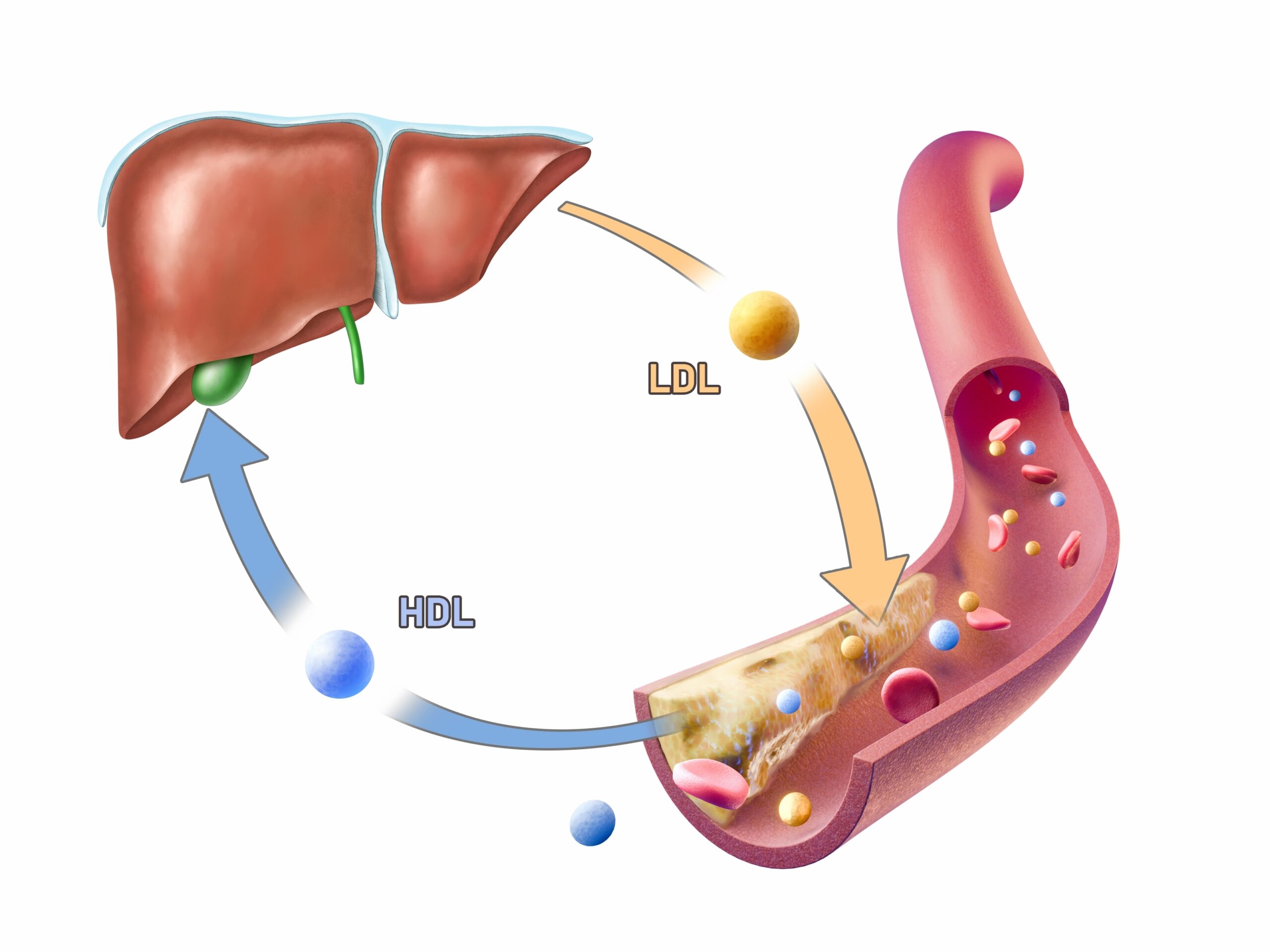
The liver is also an organ essential for immune function. One of the liver's vital functions is absorbing various particles entering the body, such as immune complexes, lipoproteins, viruses, bacteria, fungi, and parasites.
They are degraded in phasic cells that secrete inflammatory substances necessary for the proper development of the immune response. For this reason, the liver is an organ that plays a vital role in various types of infections, including sepsis, by performing a neutralizing function against microorganisms.
The organ has detoxification capabilities. It concerns various toxins that reach the bloodstream, such as alcohol, ammonia (a substance produced after protein breakdown), and drugs. Due to the liver’s ability to convert toxins into waste products, toxic substances can’t be neutralized when the organ is damaged.
Liver diseases may be genetic (inherited) or caused by environmental factors. Genetic diseases include:
Conditions that are caused mainly by environmental factors include:
Cirrhosis of the liver is a condition involving fibrosis of this organ and changes in its structure. Fibrosis happens when cell damage exceeds the regenerative capabilities of the organ. Correct cells are then replaced with connective tissue that can’t perform liver cell functions.
The most common cause of cirrhosis is alcohol abuse and chronic infections with hepatitis B or C viruses. Initially, the condition may not cause any symptoms. The symptoms get worse with the disease progression. The most common symptoms include:
When cirrhosis causes changes in the organ structure, they are irreversible and may progress. The aim is to slow the disease from worsening and stop any problems from happening. Treatment for symptoms and the condition's cause is used to achieve that. In cirrhosis caused by hepatitis, the therapy involves medications that eliminate the virus from the body. When drinking too much alcohol is the cause of the disease, the patient should participate in an addiction treatment program. In some people with cirrhosis![]() , damage to the organ is so significant that the only way to recovery is a liver transplant.
, damage to the organ is so significant that the only way to recovery is a liver transplant.
Liver cancer is a tumor that develops from liver cells. Among cancers of this organ, we distinguish primary lesions originating from its cells and secondary lesions, which are cancer metastases from other organs such as the lungs, large intestine, or breasts. Most tumors found in the organ are metastases. Primary liver cancers are rare and are most often hepatocellular carcinoma and intrahepatic cancer (bile duct cancer).
In most cases, the symptoms of liver cancer in the initial stages are not specific, and it is often diagnosed accidentally when diagnosing other diseases.
In most cases, test abnormalities are detected when the disease is advanced. Patients with liver cancer often experience:
You should also be concerned about a lump you can feel through the skin under the right costal arch. In the case of tumors of vast mass or diameter, symptoms include hypoglycemia (lower blood glucose levels), blood coagulation disorders, or hypoalbuminemia (decreased amount of albumin in the blood). Although the development of liver cancer in its early stage does not produce any characteristic symptoms, the occurrence of any of the previously mentioned symptoms should prompt you to consult a doctor and undergo diagnostics to confirm or exclude cancer.
Treatment options for those kinds of cancers include surgery, organ transplant![]() , immunotherapy, radiation therapy, and targeted therapy.
, immunotherapy, radiation therapy, and targeted therapy.
Hepatitis is a group of conditions involving liver infection and damage. Several viruses may cause the disease: hepatitis type A, B, C, D, and E. All of those types cause liver disease, but they differ in the severity of illness, where it is present in the world, transmission routes, and prevention methods.
Most symptoms include fever, loss of appetite, jaundice, malaise, nausea, and vomiting. If the infection turns into a chronic condition, it may lead to progressive scarring of the organ, cirrhosis, and eventually liver failure.
For some types (hepatitis A, B, and D), there are effective vaccines![]() that can prevent an infection. For hepatitis C, there is no vaccine. Chronic hepatitis infections can be treated with antiviral medications.
that can prevent an infection. For hepatitis C, there is no vaccine. Chronic hepatitis infections can be treated with antiviral medications.
Table of Contents
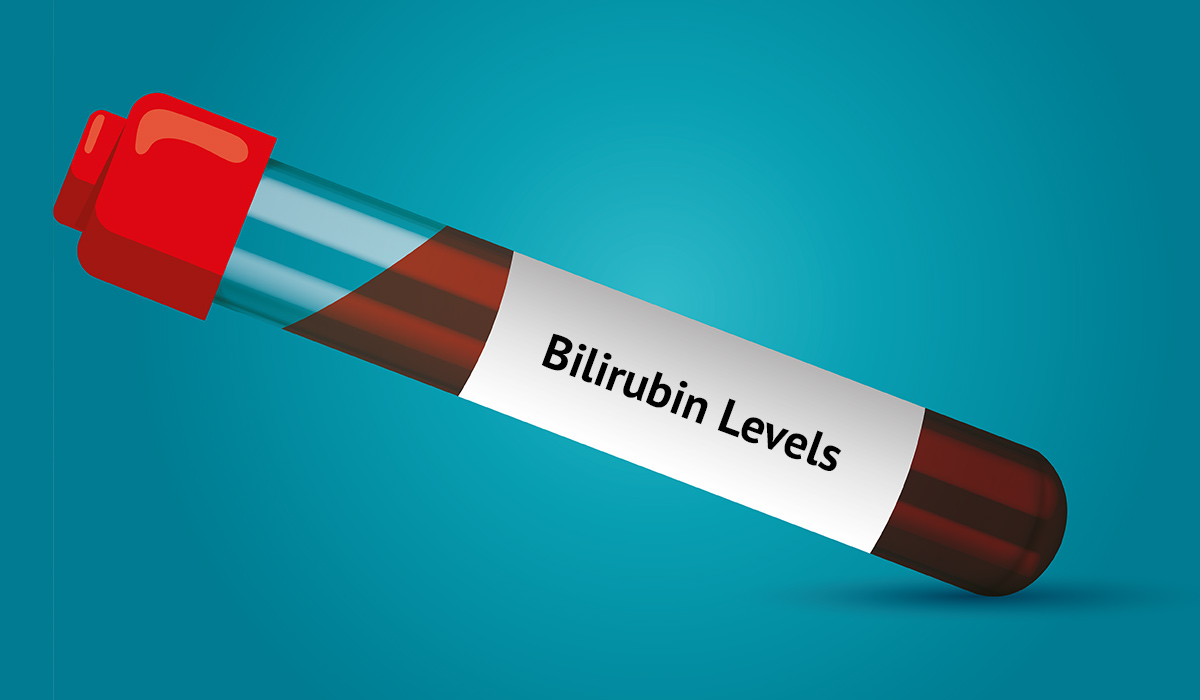
Do you know for what purpose bilirubin levels are tested? In our article you will find all the necessary information… read more »
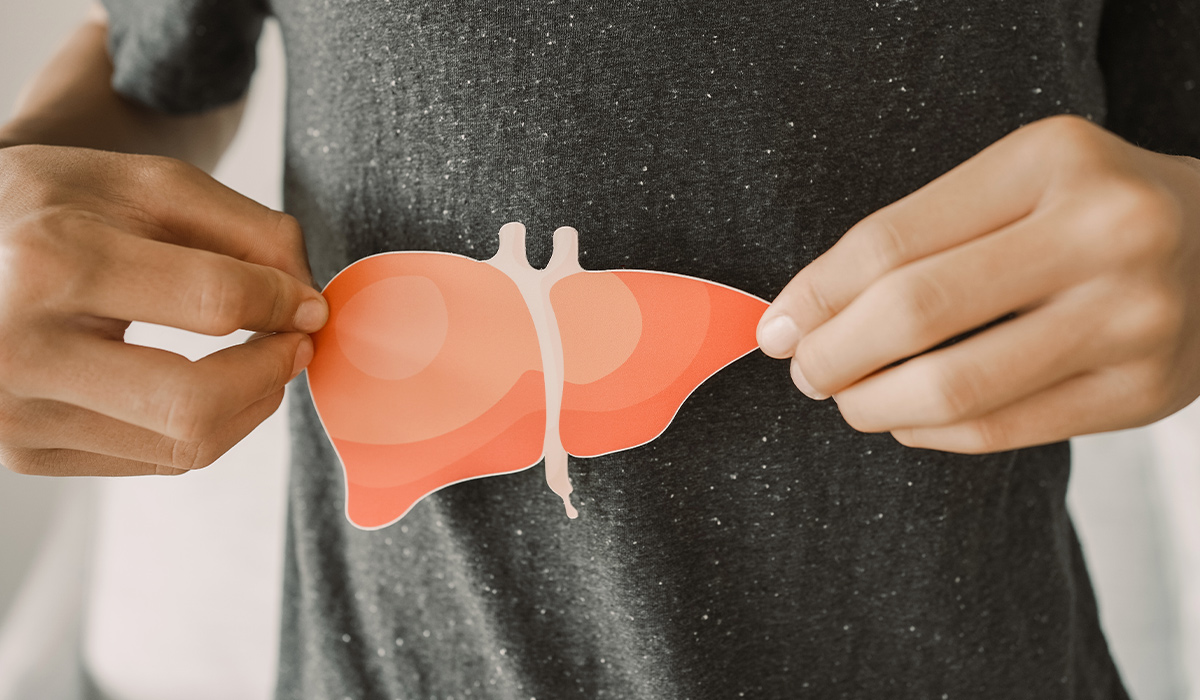
Hepatitis C is an infectious disease caused by the hepatitis C Virus. Left untreated, it can lead to severe consequences.… read more »

Cirrhosis of The Liver is a condition where the liver is damaged and liver function is impaired. The most common… read more »
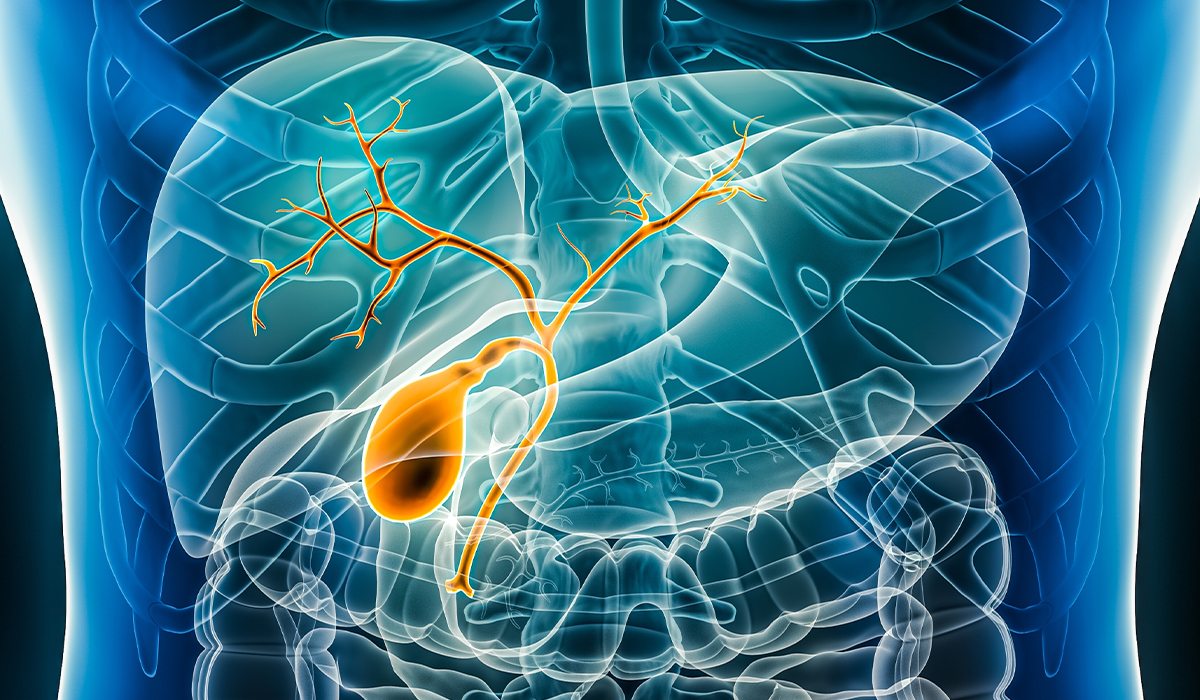
Bile is a green-yellow liquid that the liver prepares and stores in the gallbladder. It's key for breaking down and… read more »
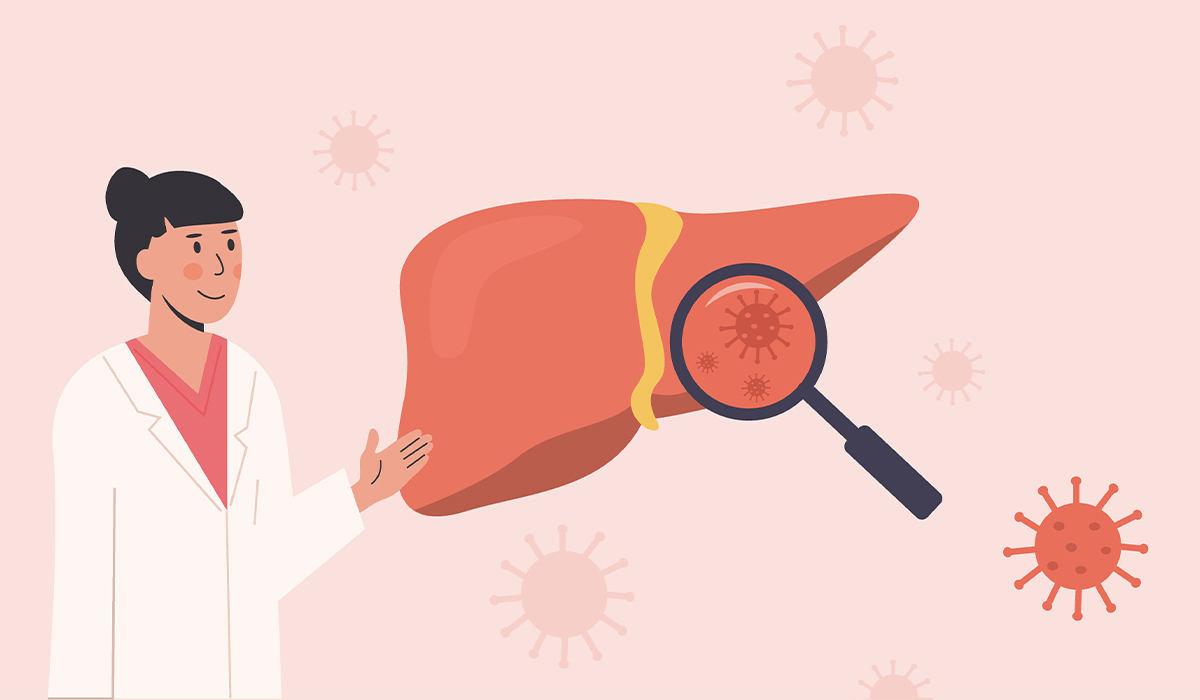
HAV is mainly transmitted by the fecal-oral route. Hepatitis A usually has a mild course, but can be life-threatening for… read more »
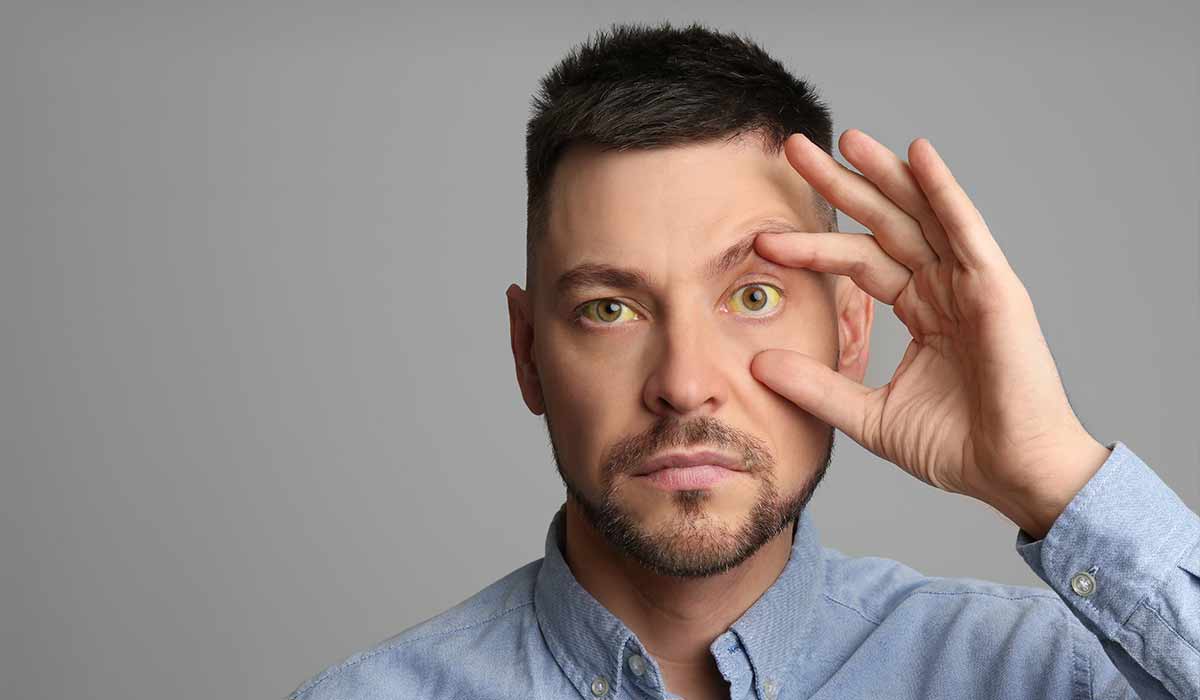
Jaundice is a disease symptom that involves yellowing of the skin, mucous membranes and sclera. What are its causes? How… read more »
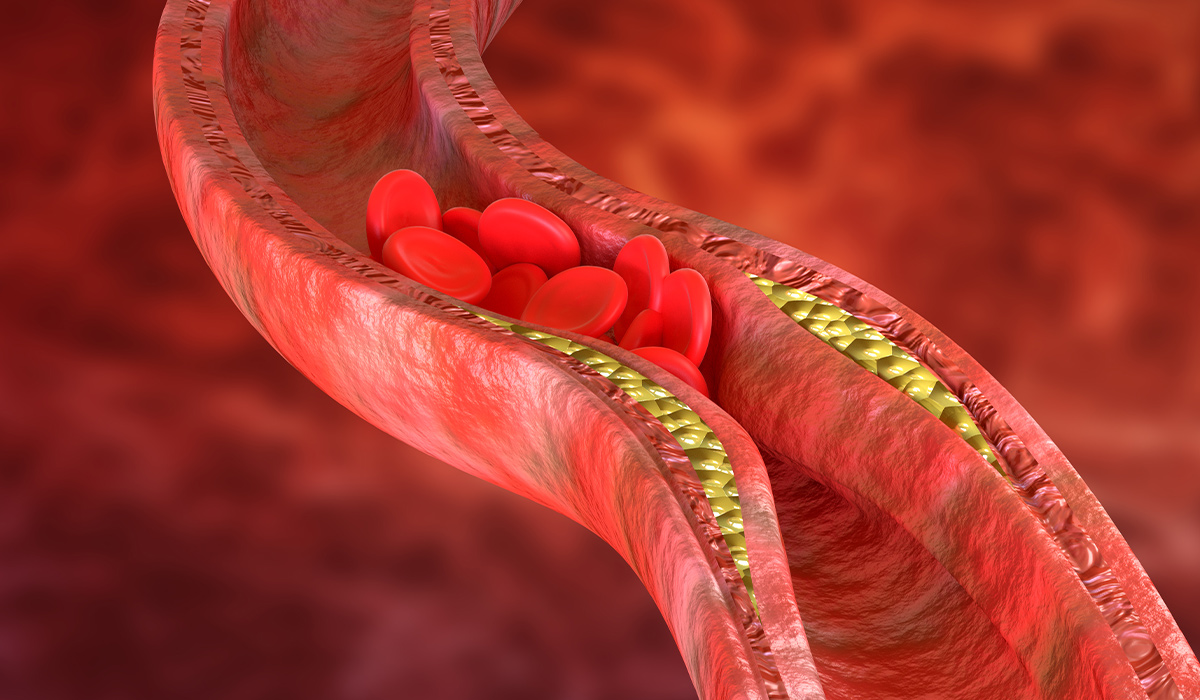
Cholesterol is essential for the human body. But its excess cause various health problems. Find out how to effectively lower… read more »
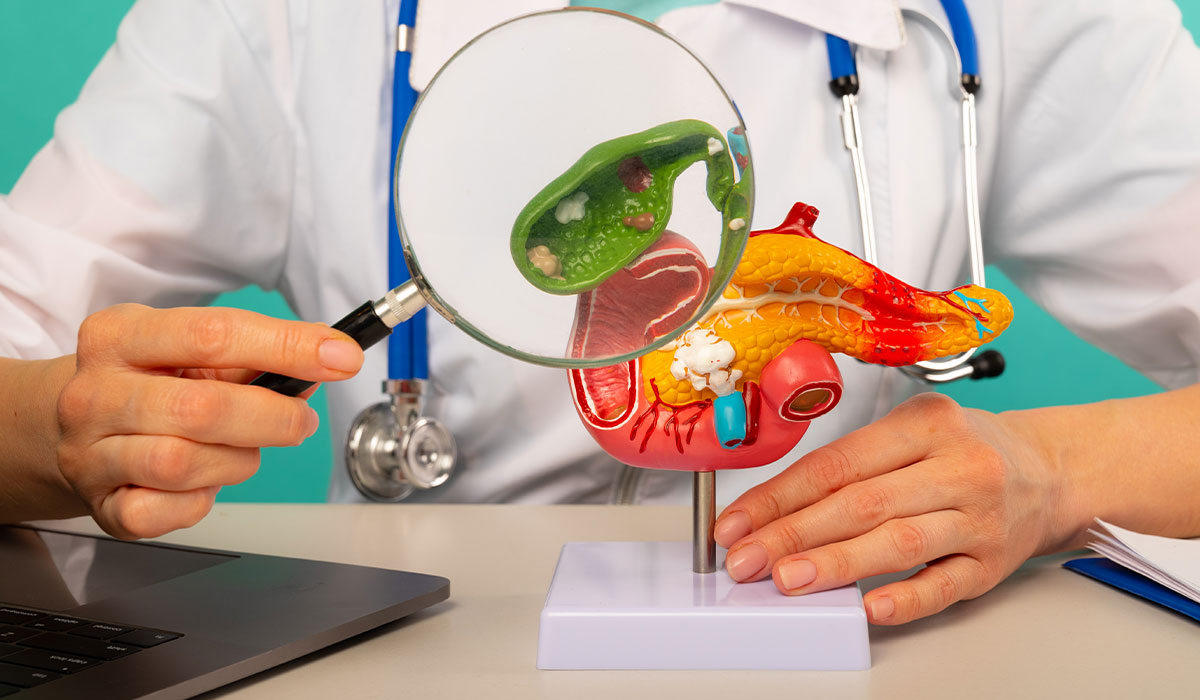
The gallbladder performs very important functions in the human body. Problems with its functioning can lead to diseases. Learn about… read more »
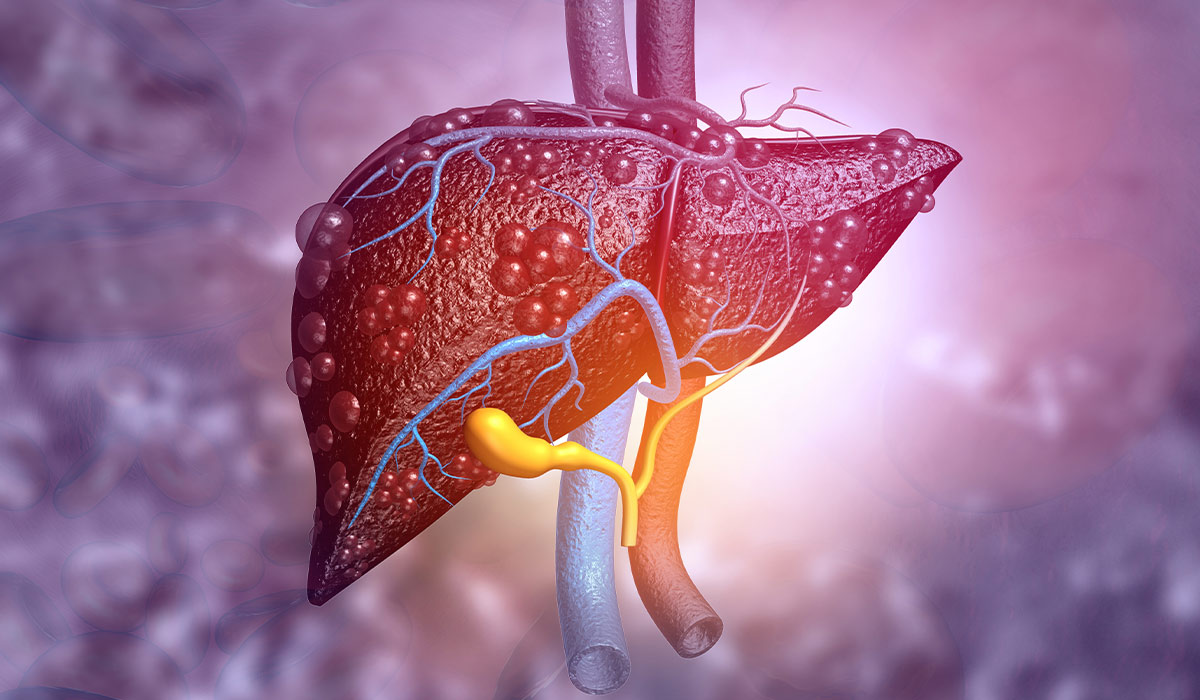
Fatty liver is a condition in which fat builds up inside the liver. It usually doesn't cause symptoms and is… read more »